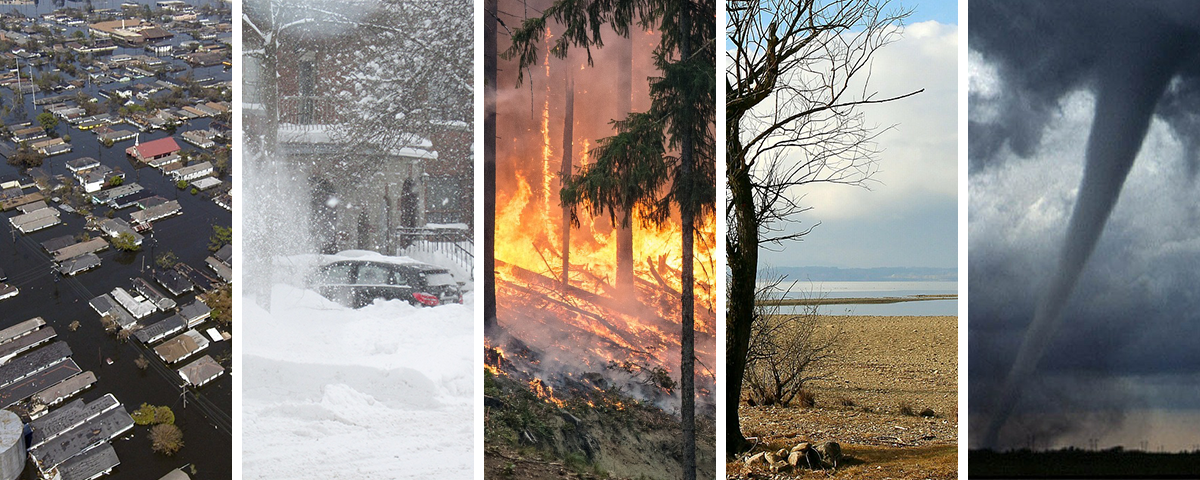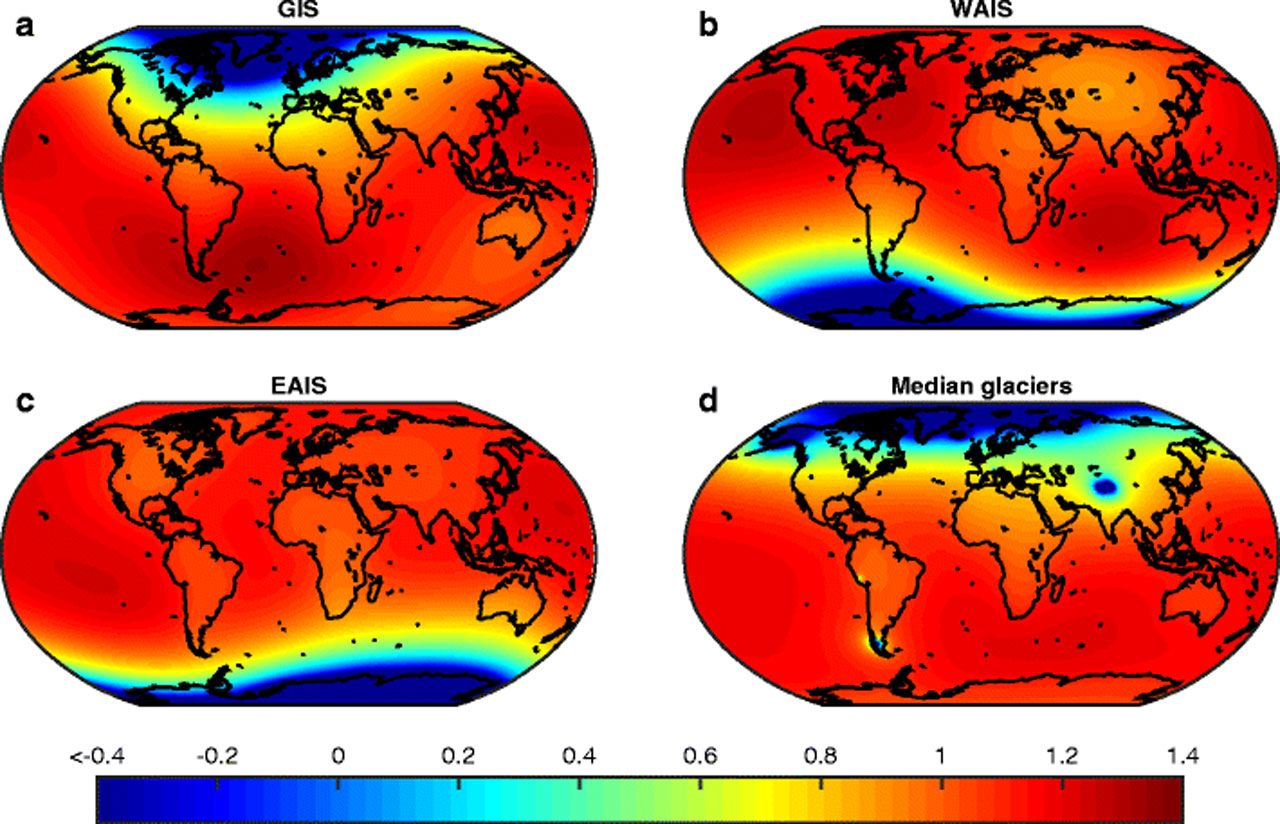
A Sept. 7, 2017, satellite image from NOAA shows the eye of Hurricane Irma, left, just north of the island of Hispaniola, with Hurricane Jose, right, in the Atlantic Ocean. Six major hurricanes formed in the Atlantic in 2017, including Harvey, Irma and Maria. (Photo: AP)
CLICK HERE - STUDY - Dominant effect of relative tropical Atlantic warming on major hurricane occurrence
usatoday.com - by Doyle Rice - September 27, 2018
The catastrophic 2017 hurricane season – which included such monsters as Harvey, Irma and Maria – was fueled in part by unusually warm ocean water, a new study suggests.
And because of human-caused global warming, the study said similar favorable conditions for fierce hurricanes will be present in the years and decades to come . . .
. . . "We show that the increase in 2017 major hurricanes was not primarily caused by La Niña conditions in the Pacific Ocean, but mainly by pronounced warm sea surface conditions in the tropical North Atlantic," the study said.












Recent Comments